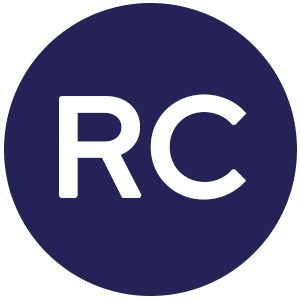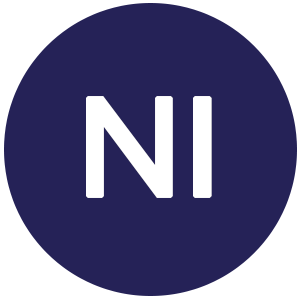You’re ready to implement or upgrade your hospital RTLS – but you’ve got a lot of equipment to tag. Where do you start?
First, consider the business goals you’re looking to solve with your RTLS:
- Are you looking to understand your utilization rate to identify process efficiencies?
- Are you making decisions about replacing or right-sizing your healthcare equipment fleet?
- Are you trying to track down equipment to ensure it adheres to its maintenance schedule?
Once you pinpoint your business goals, try these 5 tips for determining what gets a tag – and what doesn’t.
Tip #1: Tag your largest asset fleets
Your largest asset fleets should be tagged because they represent the most significant return on investment when it comes to excess inventory.
Let’s say you have 1,000 infusion pumps. Going by the widely-cited GE study covering hospital asset utilization which states hospitals have about 25 percent more equipment than they actually use, this means you may have up to 250 excess pumps.
On the other hand, say you have 10 breast pumps, of which somewhere between two and three are probably underused. By this logic, you should tag the infusion pumps first because 250 of them will typically cost more than a handful of breast pumps.
Tip #2: Tag scarce equipment
Equipment you have very few of should be tagged for a different but equally important reason. This tagging strategy is not about culling excess inventory but making sure scarce equipment is available and findable for care providers when they need it.
For example: For the average hospital who doesn’t have enough bladder scanners available for each floor, RTLS technology will help a care provider on the fifth floor quickly find a bladder scanner that’s available on the third floor. This would prevent medical staff from incorrectly reporting that there aren’t enough bladder scanners in the hospital which can lead to a common and costly problem: over-purchasing of equipment.
Tip #3: Tag high-loss items
Many hospitals choose to tag high-loss items – the assets that they lose at twice the rate of other equipment. Good examples of these types of items are sequential compressive devices, which can easily be rolled up in soiled linen, bagged in trash or mistakenly taken home by patients. Once these items leave the hospital it is virtually impossible to recover them.
Tagging these items with RTLS, and setting real-time active alerts enables staff to quickly locate and recover the equipment before it leaves the hospital.
Tip #4: Tag to improve regulatory compliance
This may not present a direct financial benefit but tagging leads to improved regulatory compliance across several departments, and protects against the possibility of non-compliance fines.
With RTLS providing real-time insight to the onsite equipment pool, preventative maintenance can be completed to 100% on every cycle, and weeks faster than usual. RTLS identifies exactly what’s on site and where – eliminating the endless floor-to-floor search for the last ‘few’ items (which may not even be in the building anymore).
Pharmacy crash carts are another example of risk mitigation. Located in many alcoves around a hospital, these carts can sit around for months without being used or checked – which means the medications can expire and this can go unnoticed. Monitoring the ‘next to expire’ date within the RTLS database and alerting pharmacy staff to an upcoming expiration allows the cart to be replenished in time, avoiding the risk of an inspection uncovering expired medications.
Of course, tracking the cart also means you’ll know exactly where the cart is located when you need to take it off the floor for replenishment.
Tip #5: Use tagging to inform purchasing decisions
Are you about to replace your entire fleet of a certain type of equipment?
Let’s say you need new infusion pumps. You have 1,000, but you don’t know if that’s how many you should purchase. Most hospitals will apply a common “1.3 rule” in this situation. In other words, you don’t go with a flat replacement, you go with replacement-plus.
But that’s a guess, not evidence. Installing an RTLS just three months before the planned replacement will give you a better baseline for how many pumps you should – and shouldn’t – be buying. Imagine your RTLS says your hospitals peak utilization is only 70 percent of your fleet. As such, you do not need to purchase 1000+ replacement pumps. This knowledge represents instant savings – and an immediate return on your RTLS investment.
Are there any things hospitals shouldn’t tag?
It is possible to tag only the top 10 to 15 categories of equipment that will deliver the most financial impact for your hospital. But ask yourself: Will that meet the goals you set at the beginning of this process?
You may get utilization data for some departments, but what about the others? The up-front infrastructure cost of any RTLS will be virtually the same whether you tag 1,000 or 10,000 devices – so to maximize the value of your RTLS, it’s important to consider tagging as many asset classes as you can.
Want to learn more about how RTLS for hospitals can help save time, money, and resources? Download our guide to learn more about the 5 myths surrounding RTLS and how modern RTLS solutions have evolved into a lightweight technology that’s easy to setup and install.



